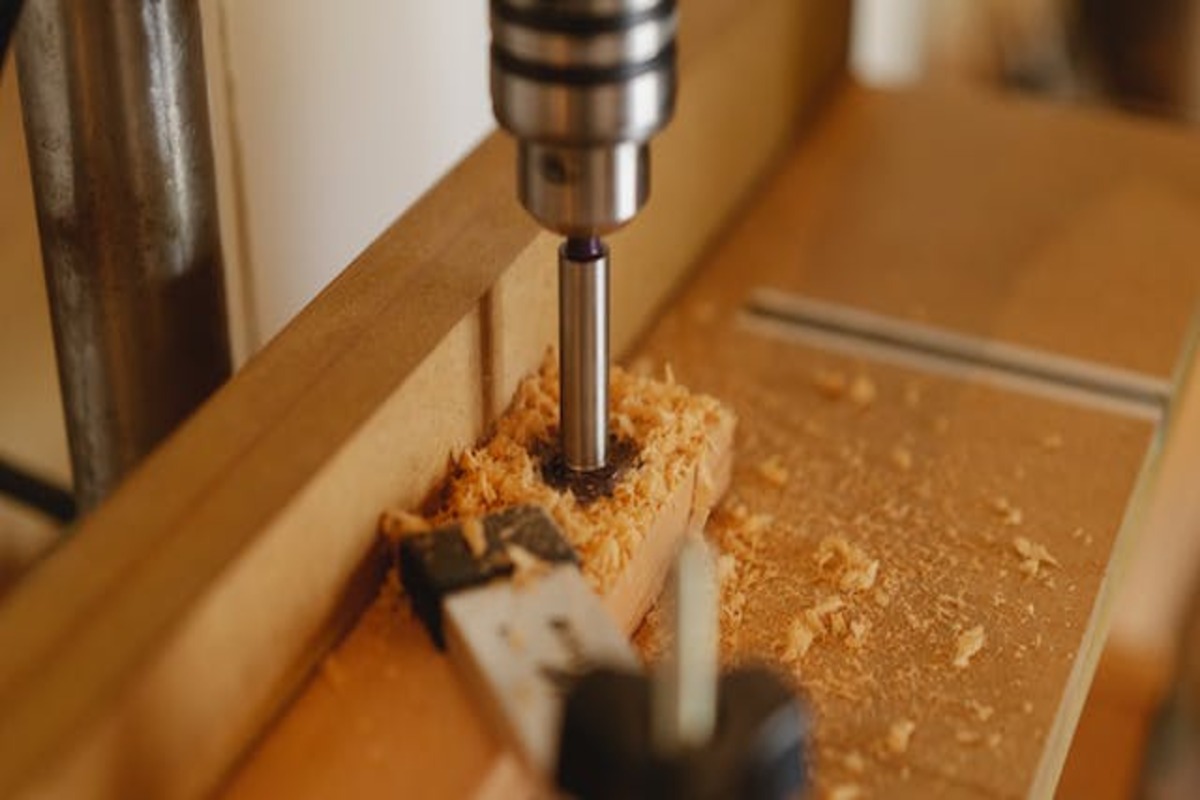When a metal screw hole becomes stripped, it can be a frustrating problem to deal with. Whether you’re working on a DIY project or repairing something around your home, a stripped metal screw hole can prevent you from achieving a secure and stable connection. In this comprehensive guide, we’ll explore various methods for fixing a stripped metal screw hole, ensuring that your project proceeds smoothly.
Assessing the Damage
Before you can effectively fix a stripped metal screw hole, it’s crucial to assess the extent of the damage. This section will guide you through the initial steps of evaluating the problem.
Recognizing a Stripped Screw Hole
- Visible Signs: Look for visible signs of damage around the screw hole, such as metal shavings, uneven or enlarged hole edges, or a screw that won’t hold.
- Loose Connection: Check if the screw can be easily removed or if it wobbles within the hole, indicating a loose connection.
Identify the Metal Type
- Aluminum, Steel, or Other Metals: Determine the type of metal you are working with, as different metals may require slightly different repair methods.
Assess the Screw Size
- Screw Size: Measure the diameter and length of the screw you intend to use to ensure it matches the original size.
- Thread Type: Ensure that the new screw’s thread type matches the original one.
Repair Methods
Once you’ve assessed the damage and gathered the necessary information, you can proceed with repairing the stripped metal screw hole. This section explores various methods to address the issue.
Fill the Hole with Epoxy Resin
- Clean the Hole: Clean the stripped hole thoroughly with a degreaser or rubbing alcohol to remove any debris or residue.
- Apply Epoxy Resin: Mix epoxy resin according to the manufacturer’s instructions and carefully apply it to the stripped hole, filling it.
- Insert the Screw: While the epoxy is still wet, insert the screw into the hole and make sure it’s aligned correctly.
- Allow it to Cure: Follow the epoxy’s recommended curing time, typically 24 hours. Once cured, the epoxy will create a new, secure thread for the screw.
Use a Helicoil Insert
- Drill a Larger Hole: Carefully drill out the stripped screw hole to a slightly larger diameter, following the manufacturer’s instructions for the Helicoil kit you have.
- Tap New Threads: Use the provided tap to create new threads inside the hole that matches the Helicoil’s thread pattern.
- Insert the Helicoil: Place the Helicoil insert into the newly tapped hole, ensuring it’s flush with the surface.
- Insert the Screw: With the Helicoil in place, insert the screw, and it should hold securely in the repaired threads.
Use Threaded Inserts
- Drill and Tap a Hole: Drill out the stripped hole to the appropriate size and then tap new threads into it, matching the size of the threaded insert.
- Insert the Threaded Insert: Screw the threaded insert into the newly tapped hole until it’s flush with the surface.
- Secure the Screw: Insert your screw into the threaded insert, and it should now hold securely in the repaired threads.
Toothpick or Matchstick Method
- Gather Toothpicks or Matchsticks: Obtain wooden or matchsticks and dip them in wood glue.
- Fill the Hole: Carefully insert the toothpicks or matchsticks coated with glue into the stripped hole until it’s filled.
- Trim Excess Wood: Trim any excess wood that protrudes from the hole’s surface once the glue has dried.
- Insert the Screw: With the hole now filled and reinforced with wood, insert the screw. The wood will create new threads for the screw to grip onto.
Tapping a Larger Screw
- Drill a Larger Hole: Gradually drill a slightly larger hole, maintaining the original hole’s center, making sure not to dig too deep.
- Insert a Larger Screw: Choose a larger screw with the same thread pattern and drive it into the newly drilled hole. The larger screw will grip onto the fresh threads and hold securely.
Prevention and Tips
Preventing stripped metal screw holes and implementing best practices can save you from this problem in the future. This section covers essential prevention methods and additional tips.
Use Proper Screwdrivers or Bits
- Select the Right Tool: Always use the correct screwdriver or screwdriver bit that matches the screw’s head type to avoid stripping.
Pilot Holes
- Drill Pilot Holes: Drill pilot holes before driving screws into metal to ensure a clean and precise entry.
Lubricate Screws
- Apply Lubrication: Apply a lubricating agent, such as beeswax or a specialized metal lubricant, to screws before inserting them to reduce friction and prevent stripping.
Thread Cutting Oil
- Use Thread-Cutting Oil: When tapping new threads in metal, use thread-cutting oil to lubricate the process, making it easier and less likely to strip.
Tools and Materials You’ll Need
To fix a stripped metal screw hole, you’ll need a few tools and materials. Here’s what you’ll want to gather before you get started:
Tools:
- Screwdriver or drill
- Pliers
- Tap and die set.
- Screw extractor
- Hacksaw
Materials:
- Screws (of the appropriate size and type)
- Wood glue
- Toothpicks or wooden matchsticks
- Epoxy
- Sandpaper
- A block of wood
- A hammer
Preventing Stripped Screw Holes
Prevention is often the best solution. Here are some tips to avoid stripped metal screw holes in the future:
Use the Right Screwdriver
Choose a screwdriver that perfectly fits the screw head. This will reduce the risk of slipping and stripping the screw.
Apply Lubrication
Lubricate the screw with a penetrating oil or wax to reduce friction when driving it into the metal.
Avoid Over-Tightening
Use a torque screwdriver or a drill with adjustable settings to ensure you don’t over-tighten screws.
Quality Screws
Invest in high-quality screws made from durable materials to prevent them from quickly stripping.
Pilot Holes
Always create a pilot hole before inserting a screw. This helps guide the screw and prevents it from straying off-course.
Conclusion
Fixing a stripped metal screw hole is a common challenge that can be effectively addressed with the proper techniques and tools. By accurately assessing the damage, choosing the most appropriate repair method, and taking preventative measures, you can ensure that your projects proceed smoothly and your connections remain secure. With the techniques described in this guide, you can confidently tackle this issue and continue your DIY and repair tasks.




